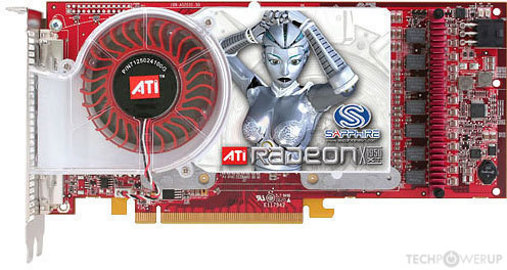

King of those is FidelityFX Super Resolution (FSR). And it's been something that has regularly been the differentiating factor between recommending an Nvidia card over an AMD one.īut AMD now has a pool of features with its recent Radeon cards that, while they maybe can't quite match up to their GeForce equivalents, provide a genuine value-add on top of the base frame rate levels of its GPUs. While real-time ray tracing has been touted as the biggest, realistically it's the almost-indistinguishable-from-magic Deep Learning Super Sampling (DLSS) tech that has garnered more industry plaudits.ĭelivering higher gaming performance with a barely perceptible impact on visual fidelity has long been something Nvidia is rightly proud of. (Image credit: Future) How does the Radeon RX 6600 XT stack up?įor most of this GPU generation, and for a significant part of the last, the regular refrain has been that raw performance numbers are one thing, but Nvidia has a serious edge in terms of the extra features.

With something like the RX 6800 XT, and its healthy chunk of 128MB of Infinity Cache, and an already high memory bandwidth, this extra cache is partly responsible for its 4K performance. This is a supplementary, die-mounted slice of speedy cache memory, that will intercept a bunch of calls that would otherwise have to go across the PCIe bus to memory pools outside of the card itself. With 8GB of 16Gbps GDDR6 arrayed across an aggregate 128-bit bus you'd normally expect the GPU to be starved of memory bandwidth, and while it's certainly lower than either the 448GB/s of the RX 5700 XT or the 288GB/s of the RX 5600 XT, its 256GB/s figure doesn't look too bad.īut that's without taking into account the RDNA 2 magic bullet of Infinity Cache. Compared with the rest of the RX 6000-series cards that have already been released, and the last-gen RX 5000-series, we're looking at a memory bus usually reserved for cards lower down the ladder. That's why we've got the XFX card here, rather than the sort of pleasingly chonky black and grey reference numbers we've had for the Radeon RX 6700 XT et al.īut the Navi GPU silicon itself isn't the whole deal with AMD's latest cards, the memory subsystem is absolutely key, especially down at this end of the stack. With that it's also worth noting that, like with the Nvidia RTX 3060, you won't find reference model versions of AMD's latest GPU. It's just a shame that sort of frequency bump doesn't actually translate into more than an extra couple fps here and there for your trouble. It is worth noting that the XFX RX 6600 XT Merc 308 card we have in for review is able to hit an average 2,516MHz under normal gaming operations, and was even steady with an average 2,731MHz when overclocked. A 2.7GHz clock speed is pretty much unprecedented in GPU terms outside of the LN2-sniffing overclocking crowd. With that super high frequency in mind, the efficiency of the RDNA 2 architecture should be clear when you compare the total board power (TBP) of the RX 6600 XT at 160W vs. Nvidia's Ampere silicon is rarely able to get close to the 2GHz mark, and this is one of the core reasons as to why AMD has been able to close the gap between it and its rivals' top cards. Compare that with the 1,755MHz of the old RX 5700 XT and you can clearly see the progress AMD has made. The 'game clock' of the latest card, essentially the expected clock speed under gaming loads, is a heady, and strangely specific 2,359MHz. That's made abundantly clear through the speeds of the RX 6600 XT. This focus on raw frequency was part of the process which made subsequent Ryzen CPU generations so good, and it's an approach that has been working to great effect with AMD's latest graphics chips too. One of the keys to the latest architectural design is the way AMD's engineers have been able to push its efficient silicon faster than any GPUs we've seen before.
#Review ati radeon 2400 xt full#
If you want a full rundown of how the RDNA 2 architecture is able to produce graphics cards able to keep pace with Nvidia's finest, then check out Jacob's excellent Radeon RX 6800 XT review. When it comes to speeds and feeds we're talking about a chip with 32 compute units (CUs) at its heart, with a total of 2,048 stream processors making up those RDNA 2 dual-CU workgroups.


 0 kommentar(er)
0 kommentar(er)
